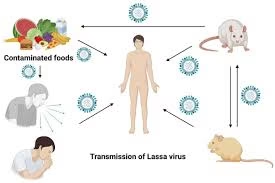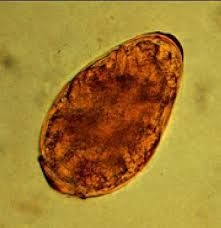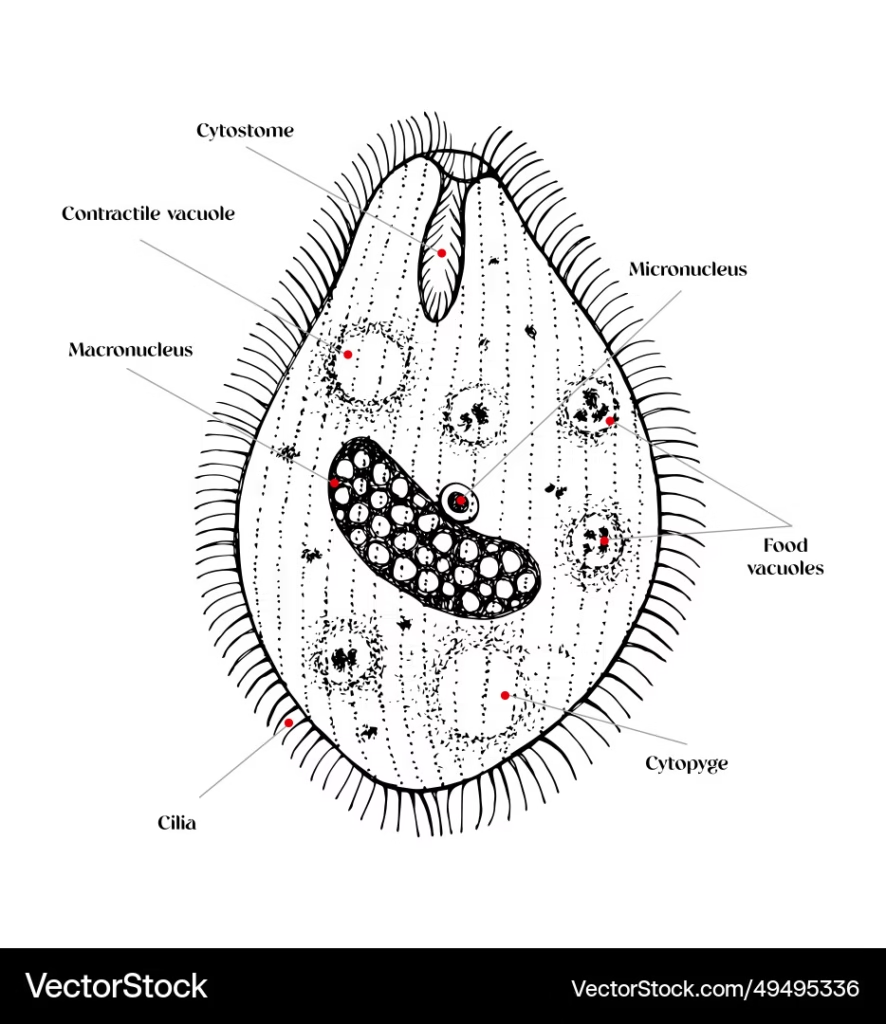
Introduction The transmission of viral agents plays a pivotal role in the spread of infectious diseases across populations. As microscopic infectious agents, viruses rely on various transmission routes to move Read More …
Simplifying Allied Health Learning.

Introduction The transmission of viral agents plays a pivotal role in the spread of infectious diseases across populations. As microscopic infectious agents, viruses rely on various transmission routes to move Read More …
Introduction The identification of vectors such as mosquitoes, flies, ticks, and fleas is a key component of understanding the transmission of vector-borne diseases, many of which are caused by parasitic Read More …

Introduction Serological and immunological techniques are laboratory-based methods used to detect and measure the presence of specific antigens (substances that provoke an immune response) or antibodies (proteins produced by the Read More …

Introduction Trematodes, commonly known as flukes, are a group of parasitic flatworms belonging to the class Trematoda. These parasites are known for their leaf-shaped bodies and have complex life cycles Read More …

Introduction Balantidium coli is a ciliate protozoan that primarily inhabits the large intestine of humans and other mammals. Although it can infect many animals, humans are typically infected by ingesting Read More …